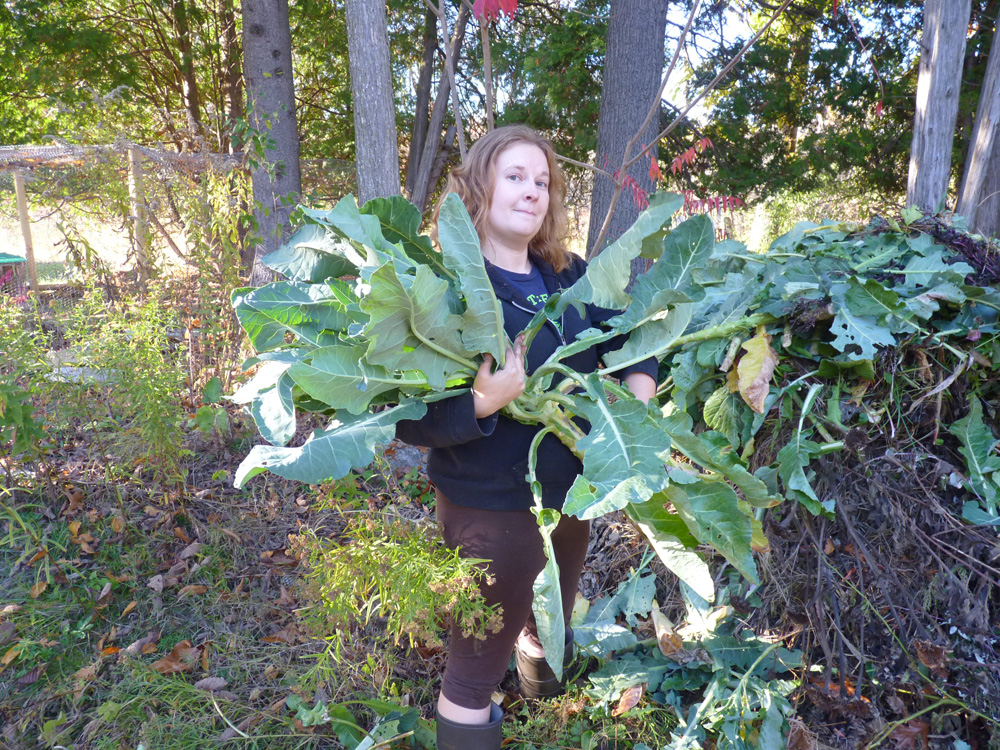
So its the end of the season, a very hard frost is on the horizon for the week and several lighter frosts have already occurred. You look out across your garden with its overflowing abundance. There are still beans, swiss chard, tons of herbs, celery, kale, cukes, tomatoes, onions, carrots, and more. And while some of these veggies can make it through a few hard frosts and will last well into the late fall (like kale) and some will last in the ground over the winter (like onions or carrots), for others, their time is very limited without a hoop house for cover. Even with a hoop house, some won’t survive another week outside. And then there’s that pesky broccoli. This year, my broccoli grew to 3 and 4′ tall, leafed out, got woody, and never produced a single flower head. My friend and garden mentor says its likely because my soil is too rich; it never was forced into its reproductive stage. Regardless, I have all this broccoli biomass and nutrients locked up in something not really all that edible. So, given the excess of veggies and the darn broccoli, what’s a homesteader to do?
Its simple: this is the perfect time of year to make a few huge pots of broth for the soups in the winter months. Take all of those extra veggies, even the ones that maybe had some frost damage or lots of imperfections, and toss them in a big pot of water. Take that pesky broccoli that never produced anything, chop it up, and get its nutrients into your stockpot and eventually into your belly!
Applying a bit of herbal knowledge, any kind of stock is better with a little nutritive and tonic herbs and veggies as well, so in addition to the typical garden vegetables, I also will add several kinds of nutritive and tonic foods to make the stocks more nutrient dense and healing–nettle, hen of the woods mushroom, turkey tail mushroom, burdock. These are wild foods that are fairly abundant this time of year, if you know where to look. And I think this step is important–if we work to make our foods as healing and nutritive as possible, we are better equipped to fight off disease and illness. I always take the extra step to add nutritive plants and mushrooms to my stocks and gain their benefits each time I open up a jar of the stock :).
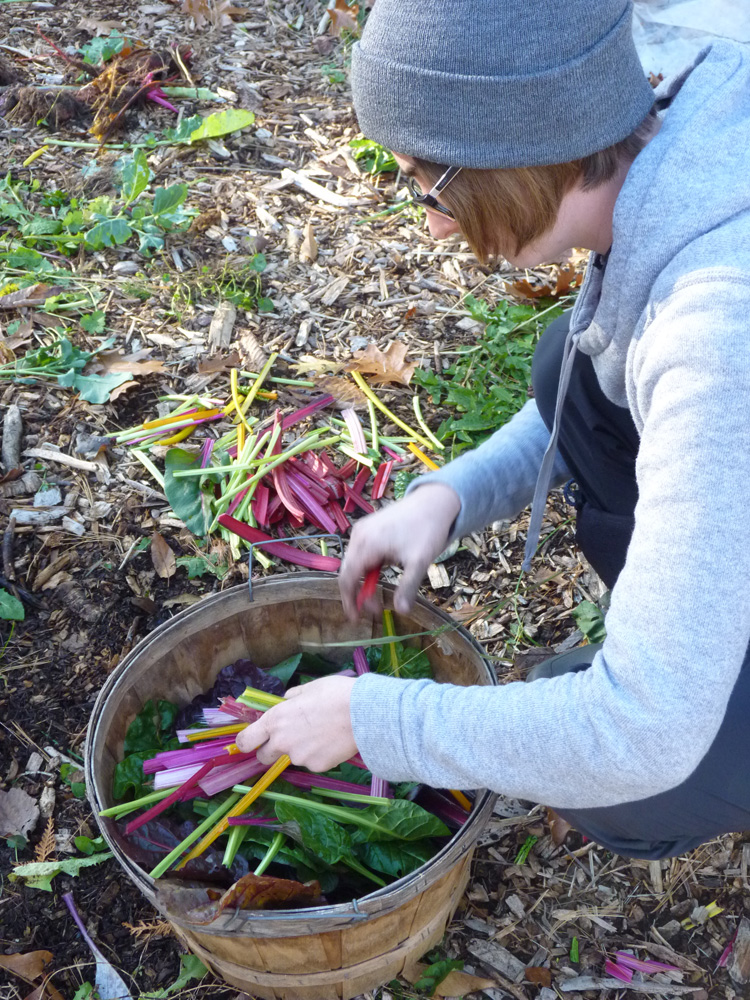
Vegetable Stock Recipe:
The idea is to fill a large pot at least 2/3 of the way full of veggies before you add water. I don’t work with a specific recipe, but throw in what I have. My last batch had this:
- Whatever is left in my garden (this year, primarily broccoli stalk, beans, swiss chard). Anything pretty much works here, different veggies will give different flavors, e.g. pumpkin will be much different than cabbage. All turn out just fine though :).
- With this, however, do be aware that the brassicas (broccoli, cabbage) should only be in the stock for about 45 min total. Otherwise, my friend who is a chef tells me, they release sulfur compounds that give your stock an “off” taste. So consider adding these towards the end of your soup stock.
- At least a few tomatoes (more for a more tomatoey broth) or a jar of stewed tomatoes if you are out of fresh ones. This helps give the broth color and richness. Again, this is great for the end of the season.
- Several large onions
- Several large carrots
- A bunch of celery stalks (I cut three whole plants from my garden for my huge soup pot)
- Fresh herbs (thyme and sage)
- Salt and pepper to taste
- At least a foot-long piece of burdock root, peeled and chopped up (I dug this fresh from my yard for this purpose; more is always good)
- A handful or two of fresh or dried stinging nettle (I had dried this earlier in the year)
- A few handfuls of dried or fresh hen of the woods (miatake) mushroom or turkey tail mushroom (threw in some of each that I had fresh and dried)
The last three ingredients are the nutritive and tonic plants that provide amazing amounts of nutrition, making this super awesome healing veggie stock. Burdock is a plant I recently discussed on my blog in my last post. Burdock has antioxidants, inulin (a prebiotic that helps reduce blood sugar, body weight, cholesterol), potassium, vitamin C, vitamin E, magnesium, iron, and lower amounts of many other vitamins and minerals. Nettle, likewise, has extraordinary amounts of vitamin K, along with vitamin E, calcium, and manganese and again lots of smaller amounts of other things. Finally, hen of the woods has Naicin, Riboflavin, and Omega 6 fatty acids. By adding these last three “wild” ingredients, I am supplementing the already powerful nutrition that the more standard garden vegetables provide.
If you don’t know where to get a large pot, believe it or not, you can sometimes find stock pots in a well stocked hardware store near the canning isle. You want a stainless steel one or an enamel one.
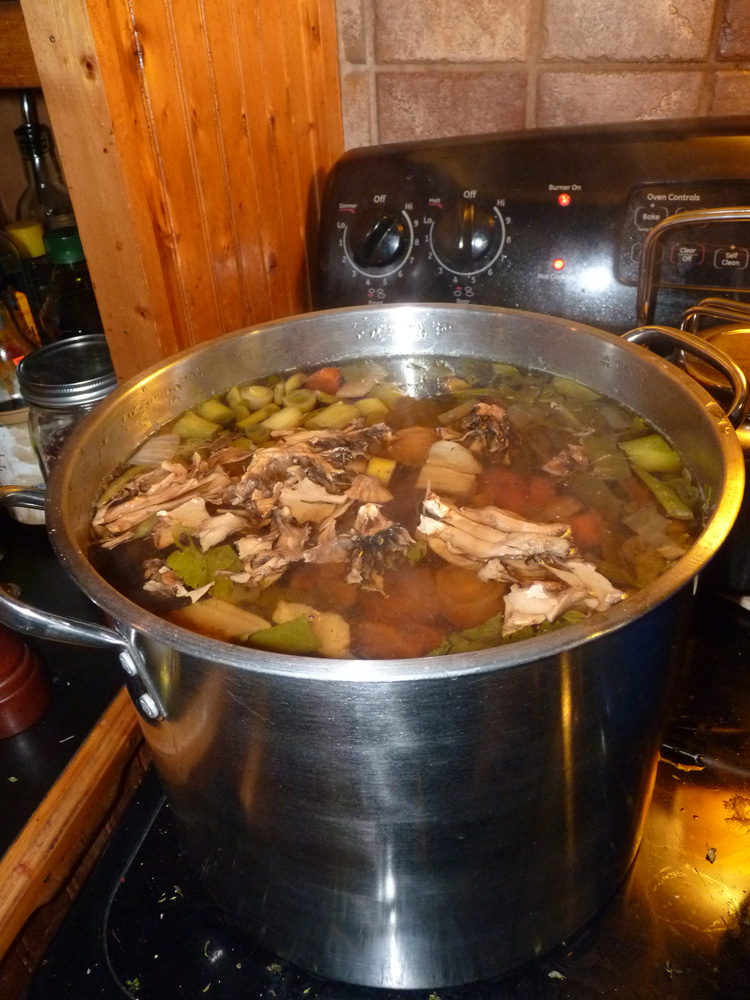
I cook my veggie stock on low for at least 12 hours before pressure canning or freezing it. You know its done once the veggies look drab, like the photo below (then you can strain the veggies, compost the veggies, and pressure can the broth).
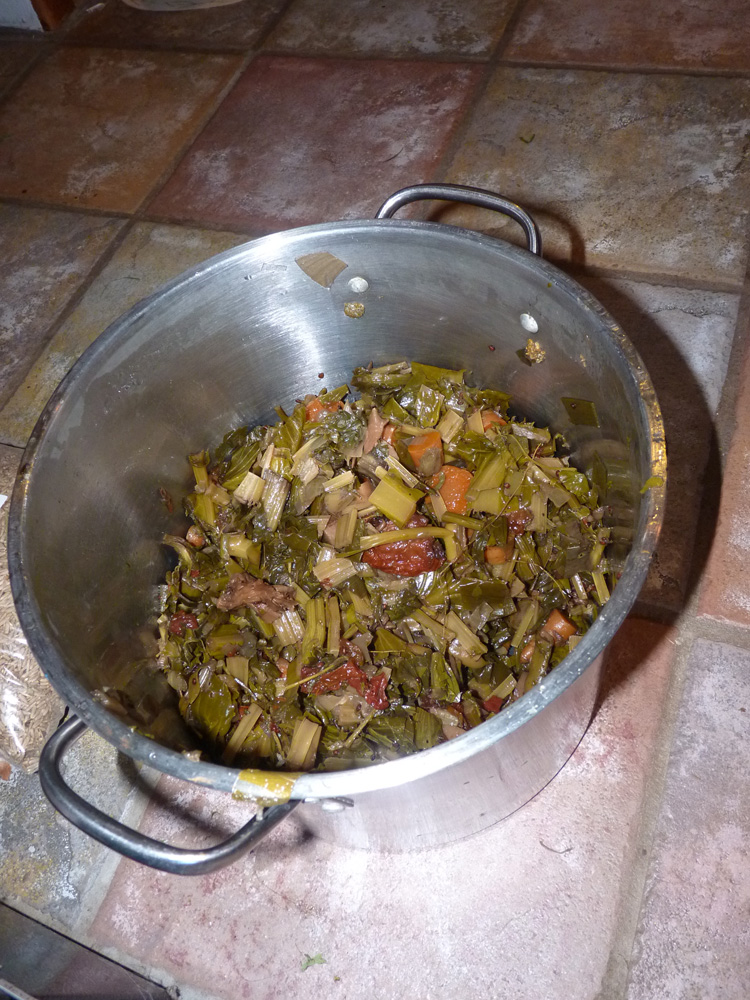
Chicken Stock
The other stock I’m doing this year is a chicken stock. This is a simpler stock, and consists of the following:
- 2-3 pounds of chicken feet (procured from a local farmer at an extremely good price); you can substitute a chicken carcass or other meat bones
- Three large onions
- A pound or two of carrots
- A pound or two of celery
- Rosemary and sage
- Salt and pepper to taste
And for this, I try to fill a stock pot up at least halfway with ingredients and the rest with water for the stock. For this, I find that the ideal flavor hits somewhere around 12-24 hours. For other kinds of bone broth (like chicken bones) I might go up to 48 hours. But for the feet, a shorter cooking time seems better for ideal flavor.
This chicken stock recipe again uses up the material from the garden (especially the celery, which does not like getting too zapped by the frost) and in the case of my chicken feet, also uses a meat product that a lot of people don’t want. Most of the organic, free range, local chicken I can purchase around here runs $3.50 or $4/lb. For a whole chicken, it can be anywhere from $20-$30. This kind of seems like a waste if I’m just making broth from it. I can get the chicken feet for about $2 a pound, and since its only for soup stock, the chicken feet work much better. And they really do make a great stock. The deal is, of course, you have to look at chicken feet while you are making them and deal with the fact that there are feet in your stock.
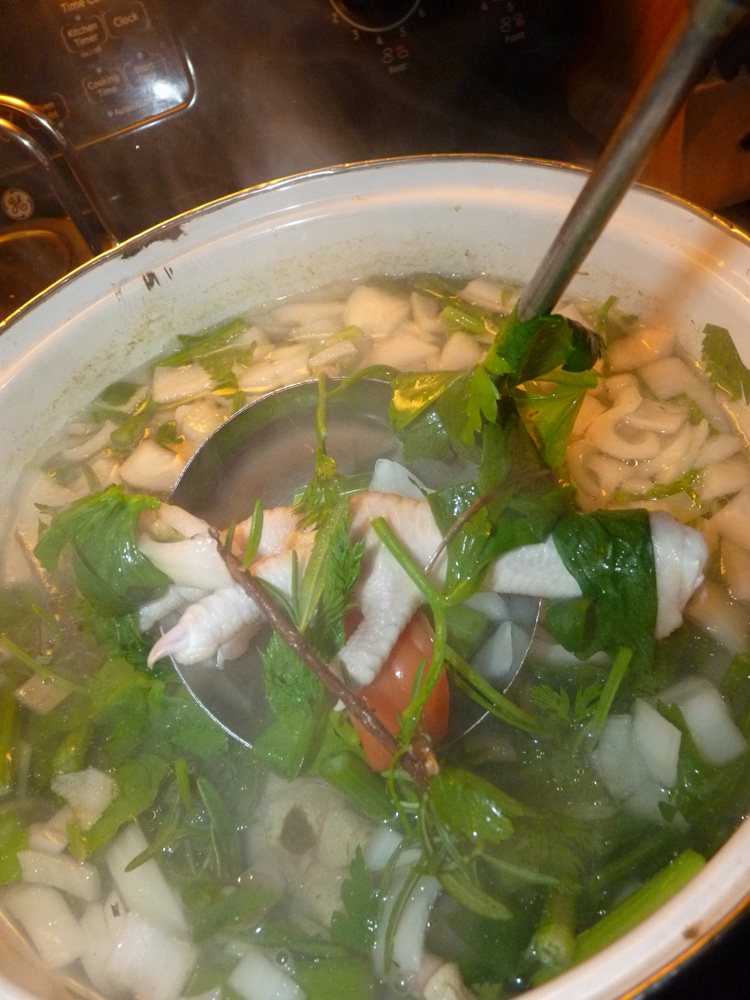
The alternative would be to roast the chicken, enjoy it, save the bones, and use the bones for making your stock. The idea here is that by making a “bone broth,” you are extracting a lot of minerals and vitamins not found in the meat of the animals. This includes high amounts of calcium, potassium, magnesium, phosphorous, certain amino acids, and collagen. By, again, cooking this broth over low heat over a period of days, you extract maximum nutrients and maximum flavors.
You can add the nettle, hen of the woods, turkey tail, or burdock (or mix and match) to your chicken stock as well, of course. These recipes are very flexible and fluid.
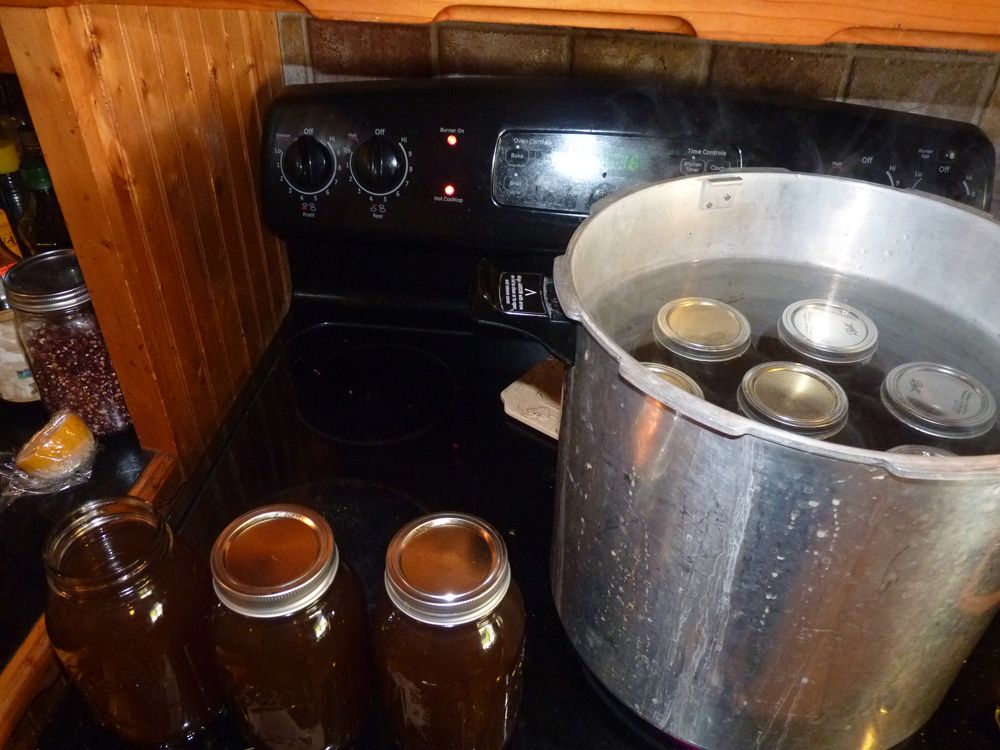
After your stock cools, you can strain it and compost the veggie bits. The meat bits I put out into the woods for some happy rodent or raccoon to come across. At this point, I pressure can it (85 minute pressure can for quarts; 75 minute for pints). You could also freeze it (again, if you’ll remember from my earlier posts, I don’t freeze much because the power grid is poor around here and we go days and days without power).
All winter long, I will be able to enjoy the richness of the veggie and chicken broths and stay healthy and warm.
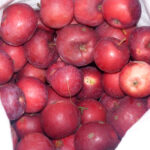


Thanks for this. I am just getting into it and still learning the different herbs etc. but I always make stock or ‘pottage’ soup with left over vegetables – delicious. x
Thanks for your comment, Mollie! You can add the different herbs in slowly. I should add that I used herbs that are local to my region; your nutritive tonic herbs might be different than mine 🙂
True I live in Glastonbury so will need to explore. x
Hi Dana, I’m planning to pressure cook some of our late season veggies (carrots and beets), but have never experienced the joys of pressure cooking. I know water-bath canning. Do you have a recommendation for size and type of pressure cooker? The Amazon reviews are mixed on type. Thanks,Cyd Cyd Strickland, Ph.D. The Camlann GroupSanta Fe, New Mexico Look deep into nature, and then you will understand everything better. ~ Albert Einstein
Hi Cyd! This is the one I have, and I’m very happy with it:
http://www.amazon.com/Presto-23-Quart-Aluminum-Pressure-Cooker/dp/B00006ISG8
Been using it for 5 years heavily for both hot water bath canning and pressure canning without any trouble. I would recommend buying a second rack:
http://www.amazon.com/Presto-Cooking-Canning-Pressure-Canner/dp/B000LNY6T2/ref=pd_sim_k_3?ie=UTF8&refRID=09TTYX7YEFXR7F8H0XTC
That way, if you want to stack up pint jars, you can do so. It comes with one, I believe.